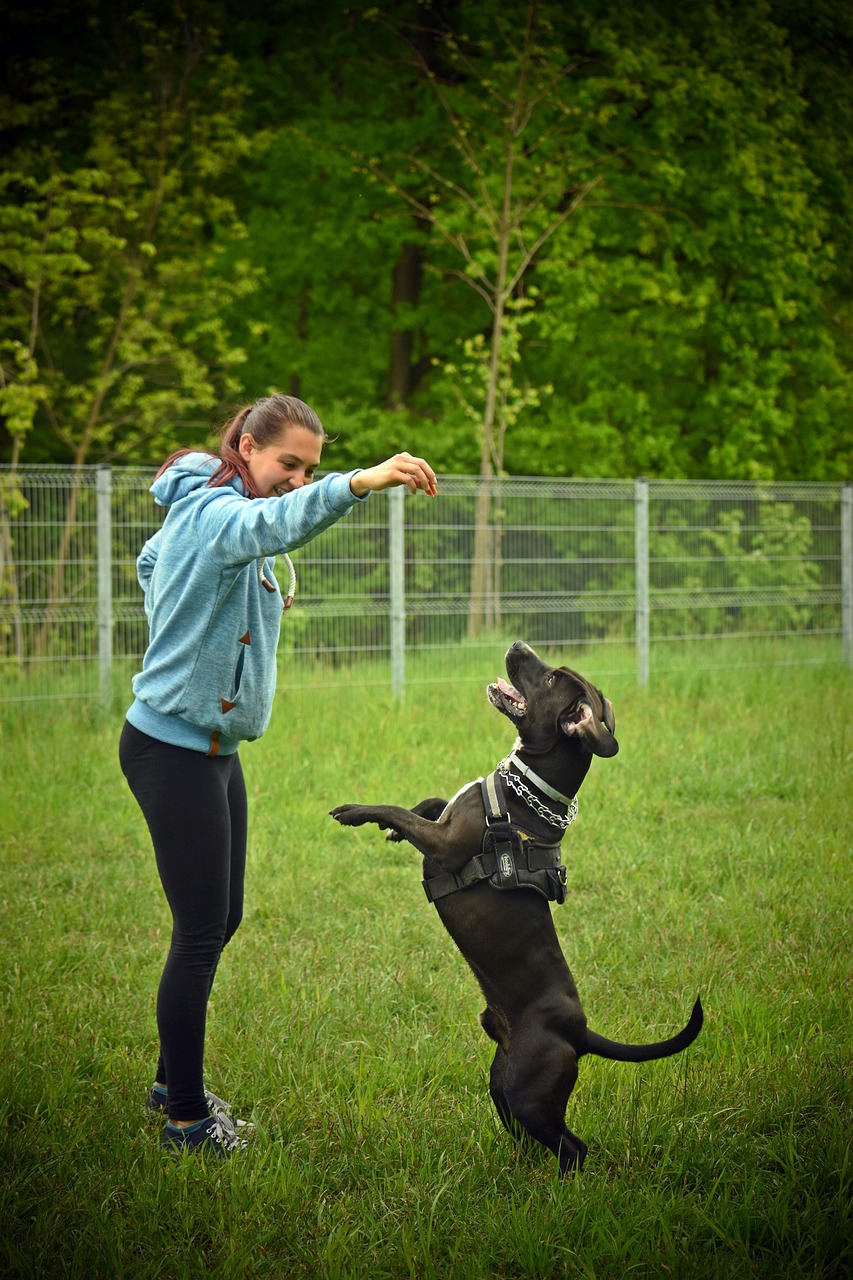Understanding and Curbing Canine Aggression: Proven Strategies for Improving Dog Interactions
Canine aggression is a pressing concern for many pet owners, posing risks to people, other animals, and the aggressive dogs themselves. However, understanding the roots of aggressive behavior and applying proven strategies can significantly enhance dog interactions, ensuring safety and harmony in pet-inclusive environments.
Identifying the Types and Causes of Canine Aggression
Aggression in dogs can manifest in various forms and for different reasons. Recognizing these types can be a crucial first step in addressing the behavior effectively:
- Fear Aggression: Triggered by a situation where the dog feels trapped or threatened, typically leading to defensive actions.
- Protective Aggression: Occurs when a dog perceives a threat to itself, its pack, or its territory.
- Possessive Aggression: Directed towards anyone who poses a perceived threat to the dog’s possessions, such as food, toys, or space.
- Social Aggression: Demonstrated against other dogs based on the social hierarchy or social incompetence.
Understanding these triggers is foundational to curbing aggressive behaviors, as it guides the selection of appropriate intervention strategies.
Effective Strategies to Reduce Canine Aggression
To address and mitigate aggressive behavior in dogs, it’s essential to employ a combination of training, socialization, and environmental management techniques:
Behavioral Training
Implementing structured behavioral training is one of the most effective ways to curb aggression. Techniques such as positive reinforcement can encourage good behavior while helping your pet understand acceptable ways of expressing discontent or fear. It’s often beneficial to consult a professional dog trainer or a behaviorist who is experienced in dealing with aggressive dogs.
Increase Socialization
Improving a dog’s social skills can help reduce fear and anxiety, common causes of aggression. Exposing your dog to various people, dogs, and environments at a young age can build confidence and comfort in different situations. For older dogs, controlled and gradual exposure to new experiences is crucial, potentially under the guidance of a professional.
Environmental Management
Creating a safe space for your dog can help to prevent aggressive outbreaks. This includes managing your dog’s environment to remove or avoid known triggers. For instance, if your dog is territorial, having a dedicated space where they can feel secure without needing to guard it from others can help alleviate this type of aggression.
Understanding Warning Signs of Dog Aggression
Preventing dog aggression also involves recognizing the early signs before it escalates. Key indicators include:
- Growling or snarling in response to approa
- Stiff body posture
- Focused stare
- Exposed teeth
- Fur standing up on the back (piloerection)
Observing and responding promptly to these signs can prevent aggressive behaviors from developing into a pattern or leading to harmful incidents.
FAQs on Handling Dog Aggression
What should I do if my dog shows signs of aggression?
If your dog displays early signs of aggression, remain calm and remove your dog from the stressful situation when possible. Avoid punishment as it can increase fear and anxiety, exacerbating the aggression. Consulting with a pet behavioral trainer or a vet is advised to get tailored advice and interventions.
Canine aggression: Is it linked to specific breeds?
While some breeds may have a reputation for being more aggressive, aggression can manifest in any breed depending on various factors like training, environment, and genetics. Understanding and addressing the root cause of aggression is more important than focusing solely on breed.
How can I prevent my dog from becoming aggressive?
Prevention is key in managing canine aggression. Early socialization, consistent training, regular exercise, and cognitive enrichment can all help prevent aggression. Regular vet visits are also crucial as some aggressive tendencies can be linked to health issues.
Conclusion
Addressing canine aggression effectively requires a multifaceted approach, including understanding the causes, early intervention, and ongoing management. By incorporating these proven strategies, dog owners can improve their pets’ behavior, leading to safer and more enjoyable interactions. Remember, when in doubt, seeking the advice of professionals such as veterinarians and animal behaviorists can prove invaluable in your journey to curbing canine aggression.




